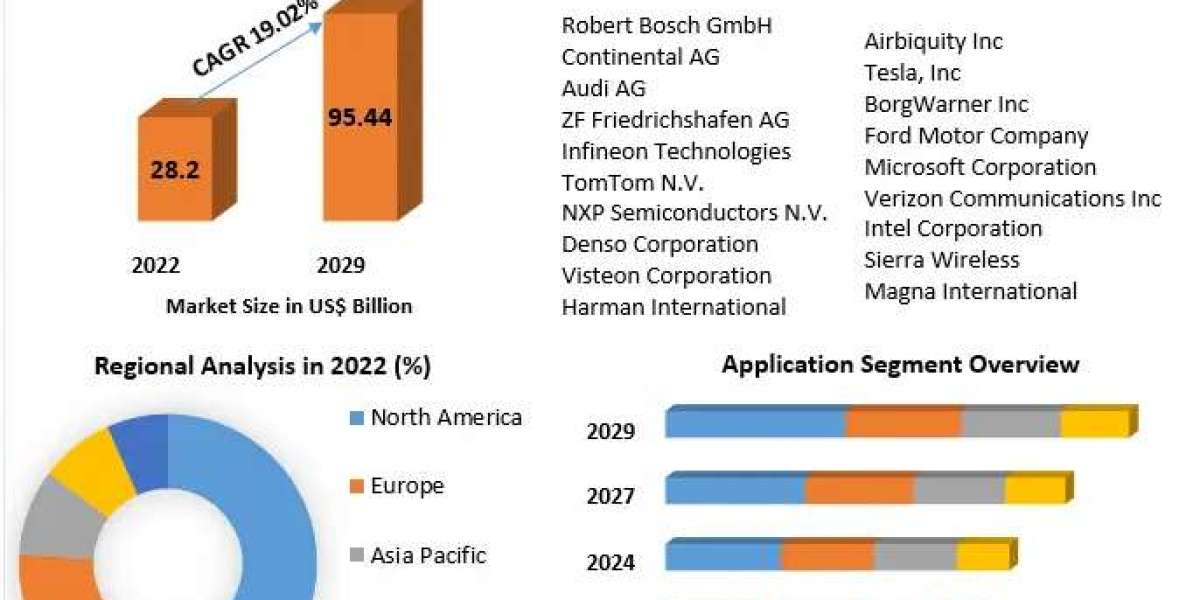Have you ever delayed making an investment or starting a project because you thought you could always begin later? It’s a common habit, but what many don’t realize is that delay often comes with a hidden cost. Whether in business or personal finance, time lost is money lost. That’s where the cost of delay calculator becomes an incredibly useful tool. It helps quantify the financial impact of waiting and shows how much you stand to lose by not acting on time.
This guide will walk you through what the cost of delay calculator is, why it matters, how to use it effectively, and how it can change the way you think about investments and decision-making.
What Is a Cost of Delay Calculator?
A cost of delay calculator is a tool that helps you measure the potential loss caused by postponing a project, investment, or decision. In simple terms, it shows how much value you lose for every day, week, or month you delay taking action.
The idea is based on one simple truth: time has value. When you delay an investment or project, you’re missing out on potential growth, returns, or profit that could have been earned during that time.
For example, if you delay investing in a mutual fund by six months, you might lose out on the returns that investment could have generated in that period. Similarly, if a business delays launching a new product, it may lose market share or revenue opportunities.
Why Is the Cost of Delay Important?
The concept of cost of delay applies to both personal finance and business strategy. Here’s why understanding it is essential:
Encourages timely decision-making: Knowing the financial impact of waiting helps you act sooner.
Quantifies opportunity cost: It converts time lost into money, giving you a clearer perspective on what delay really costs.
Improves prioritization: It helps businesses and investors decide which projects or investments should be tackled first.
Boosts return on investment: Acting on time ensures that your money or efforts are generating maximum possible returns.
When you understand the cost of delay, you stop seeing delay as harmless. Instead, you begin to see it as a measurable financial loss.
How the Cost of Delay Calculator Works
The cost of delay calculator takes a few key inputs and provides a monetary value for the delay period. These inputs can vary depending on the type of decision, but generally include:
Expected Value or Return: The total value or benefit expected from the project or investment.
Time Frame: The duration of the delay (in days, months, or years).
Value per Time Unit: The estimated amount lost per unit of time due to delay.
Discount Rate or Expected Growth: The rate of return or growth that could have been achieved if there was no delay.
Once you enter these values, the calculator estimates how much money you lose due to postponement.
Let’s say you plan to invest ₹10,000 per month in a mutual fund with an expected annual return of 12%. If you delay starting for a year, a cost of delay calculator can show how much that year’s delay reduces your final corpus after, say, 20 years. The result might surprise you—it could cost you several lakhs in lost potential growth.
Example: How Delay Impacts Your Investments
Imagine two investors, A and B.
Investor A starts investing ₹10,000 per month at age 25.
Investor B starts investing the same amount at age 30.
Assuming both earn a 12% annual return and continue investing until age 55, the results would look like this:Investor A’s total corpus: ₹3.5 crore (approx.)
Investor B’s total corpus: ₹1.9 crore (approx.)
That’s a difference of ₹1.6 crore—all because of a five-year delay. The cost of delay calculator can clearly illustrate such scenarios, helping you visualize how much time truly costs in investment terms.
Applications of the Cost of Delay Calculator
The beauty of the cost of delay calculator is that it’s not just for investors. It can be used in a variety of contexts, including:
1. Personal Finance and Investment
Delaying investments, savings plans, or retirement contributions can have a huge financial impact. Using a cost of delay calculator helps you see how procrastination affects your long-term wealth.
2. Business Decision-Making
In business, delaying a product launch, marketing campaign, or new technology adoption can mean lost revenue and market share. The calculator helps estimate the financial loss due to these delays.
3. Project Management
Project managers often use cost of delay to prioritize tasks. It helps determine which project activities deliver the highest value and should be completed first.
4. Product Development
In agile and lean development, teams use cost of delay to assess which features should be built sooner to maximize customer value and revenue.
How to Use the Cost of Delay Calculator
Using a cost of delay calculator is straightforward. Here’s how you can get started:
Identify Your Goal: What decision or investment are you evaluating?
Estimate the Expected Value: What return or benefit do you expect from timely execution?
Determine the Delay Period: How long is the delay—weeks, months, or years?
Enter the Growth Rate or Return: What is the potential rate of return during that period?
Calculate the Loss: The calculator will show how much you stand to lose by delaying your decision.
Example Steps:
Suppose your expected return on investment is ₹1,000,000 after 10 years.
You delay investing by one year, with an expected growth rate of 10%.
The cost of delay calculator might show that you’re losing ₹100,000 or more in potential gains just because you waited a year.
This makes it clear that time is one of your most valuable financial assets.
Benefits of Using a Cost of Delay Calculator
When you start applying this concept, you gain a new perspective on financial and professional decisions. Some major benefits include:
Better Decision Clarity: It helps you make informed choices with real numbers rather than assumptions.
Avoid Missed Opportunities: You become more aware of the hidden cost of waiting too long.
Smarter Investment Planning: It encourages you to start early, stay consistent, and make timely financial moves.
Improved Business Prioritization: Helps organizations decide which projects yield the highest financial benefit if executed first.
In short, the cost of delay calculator turns time into a measurable financial factor, making it easier to understand the real cost of inaction.
Tips to Minimize the Cost of Delay
You can’t eliminate all delays, but you can manage them wisely. Here are a few tips:
Start Early: Whether it’s investing or executing a business plan, starting earlier gives you compounding benefits.
Set Clear Deadlines: Commit to timelines and track progress regularly.
Use Automation: Tools like automated SIPs or scheduling systems can help avoid unintentional delays.
Review Regularly: Revisit your financial and project timelines to ensure you’re not losing value unknowingly.
Every day you act sooner can translate into long-term financial growth.
The Takeaway
The cost of delay calculator is more than a number-crunching tool—it’s a mindset changer. It helps you see time as a financial asset that grows or shrinks depending on how you use it. Whether you’re an investor, entrepreneur, or project manager, this tool can help you make faster, smarter, and more profitable decisions.
The next time you think about postponing an investment or delaying a decision, remember: the cost of delay is real, measurable, and often higher than you imagine. Using the calculator can guide you toward taking action now rather than later—so your money, projects, and goals work for you as early as possible.
Try using a cost of delay calculator today and see how time can become your biggest financial advantage.
Related Tool:
Try our sip investment calculator to estimate the future value of your regular SIP contributions and see how early investing can maximize your returns.



